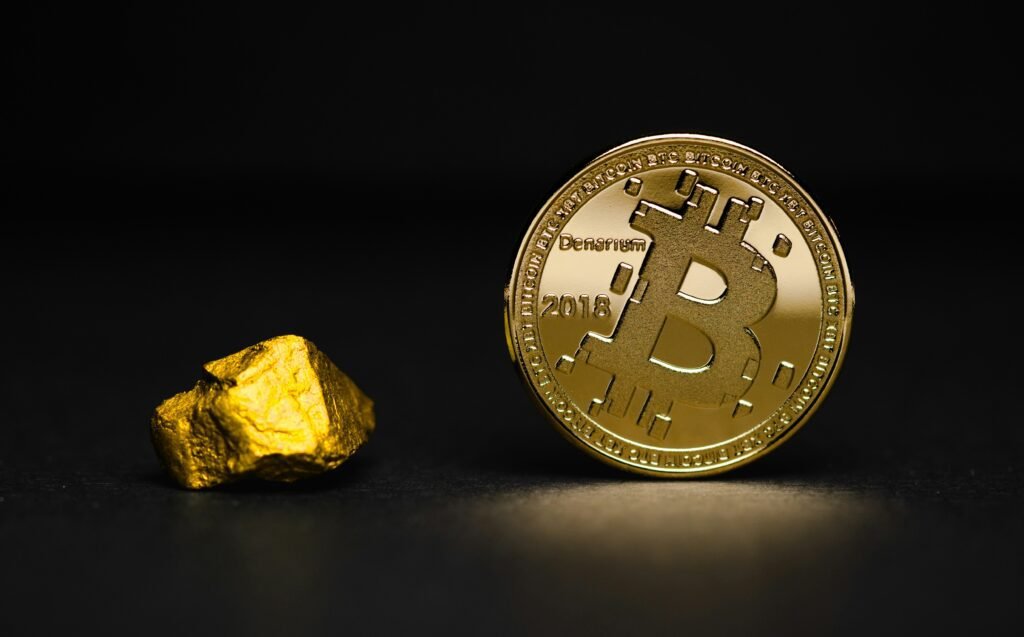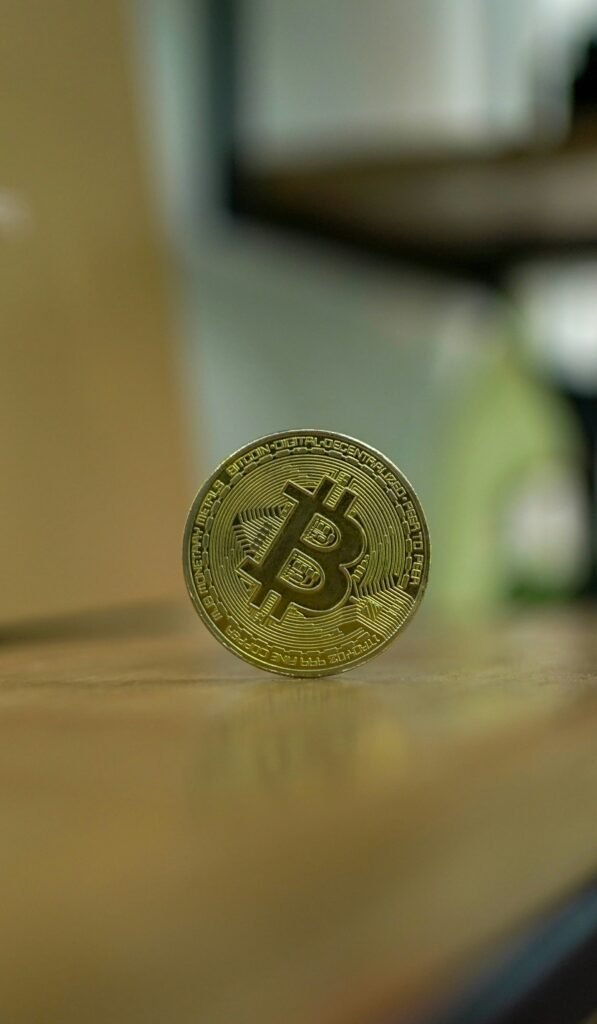AI-driven expansion in Bitcoin mining stocks is reshaping the landscape for publicly traded mining companies, as they increasingly blend traditional crypto operations with cutting-edge AI infrastructure. In August 2025, the total market capitalization of 13 top U.S.-listed Bitcoin miners surged past $39 billion—its highest level ever—thanks to a wave of strategic moves into high-performance AI data centers. JP Morgan analysts attribute this unexpected growth to miners recalibrating their business models in response to Bitcoin halving and rising operational costs.
Five of the most prominent players—Hut 8, Core Scientific, TeraWulf, IREN, and Riot Platforms—are leading the charge. While the Bitcoin network’s hashrate soars to all-time highs and mining profitability tightens, AI-backed infrastructure investments are breathing new life into the sector.
Why U.S. Bitcoin miners are turning to AI
As mining becomes more costly post-halving, diversification becomes a must. The April 2025 Bitcoin halving slashed rewards from 6.25 BTC to 3.125 BTC per block. This reduction, coupled with rising hash difficulty, severely compresses profit margins. To stay afloat and competitive, U.S. Bitcoin miners are now pouring capital into AI-enabled data centers. These facilities allow them to monetize underused or repurposed infrastructure to host AI workloads, cloud computing services, and high-performance computing applications.
Many analysts, including those at JP Morgan, consider these AI data centers as a natural evolution for power-intensive industries like Bitcoin mining. Combining climate-controlled hardware setups with scalable server farms opens untapped revenue streams—all while offsetting the shrinking income from native mining activities.
Meet the miners powering the transition
Companies such as Hut 8, Core Scientific, and Riot aren’t just expanding—they’re redefining themselves. Hut 8 has announced new AI and non-mining business units to manage customers in need of compute-heavy workloads. Core Scientific is revising its current infrastructure to lease out capacity, while TeraWulf is eyeing dedicated AI clients as part of its 1.53 gigawatts capacity buildout.
TeraWulf, IREN, and Riot Platforms are also using their existing energy agreements and capital flexibility to rapidly scale high-performance computing capabilities. The diversification strategy has sparked investor enthusiasm, evident in the record-breaking market cap numbers fueled by bullish speculation and demand for AI services.
AI data centers: The new mining revenue stream
AI data centers do more than just supplement revenue—they may soon define it. Unlike Bitcoin operations that are directly tied to volatile coin prices, AI workloads provide contract-based, often more stable income. These centers host everything from generative AI engines to machine learning model training—tasks that require robust power and cooling, which Bitcoin miners are already well-equipped for.
While the pivot involves technical and capital-intensive adaptations like sophisticated HVAC systems and redundant energy setups, it feeds directly into the miners’ strength: managing scalable, energy-hungry facilities. For miners, it symbolizes a path to financial sustainability in a post-halving era.
Hashrate surge and its impact on mining profitability
Despite innovation, rising network hashrates remain a heavy weight on miners’ shoulders. The Bitcoin hashrate recently scaled to levels never seen before, indicating fierce competition. A higher hashrate means each miner earns less unless they possess the most efficient and cost-optimized operations.
With so much pressure on profitability, companies are seeking agility. By allocating a portion of their setups to non-mining purposes, such as AI processing, they gain a hedge against volatile difficulty spikes and sudden crypto market downturns. Riot Platforms, for instance, is deploying this dual-purpose strategy aggressively, enhancing both resilience and return potential.
1.53 GW capacity: Scaling for a hybrid future
JP Morgan notes that U.S. Bitcoin miners are collectively planning to add approximately 1.53 gigawatts in new capacity—some of which is already confirmed to support AI workloads. This signals a massive structural shift toward a hybrid future where Bitcoin mining operations double as high-performance computing centers.
This cross-industry expansion is more than just a technological leap. It’s a long-term positioning maneuver, allowing miners to ride AI’s explosive demand while continuing to participate in the crypto economy. Strategically, it could ensure the survival of these firms regardless of how Bitcoin market conditions play out.
JP Morgan flags a transformative trend
According to the latest JP Morgan research, this “AI pivot” could become a mainstream trend across the crypto infrastructure sector. Analysts believe we’re witnessing the early formation of a new business model: one foot in decentralized finance and the other in data centralization.
JP Morgan’s bullish stance underlines the unique flexibility of miners who can quickly transform energy-heavy mining infrastructure into multipurpose server farms, especially at a time when global AI compute demand is spiking. Bitcoin miners, previously cast as one-trick ponies, may be evolving into the digital data landlords of the AI age.
Frequently asked questions about AI-driven expansion in Bitcoin mining stocks (FAQ)
Why are Bitcoin miners investing in AI data centers?
Miners are diversifying into AI to counteract lower profits caused by the recent Bitcoin halving and rising mining difficulty. AI data centers offer steady, scalable revenue and better use of existing infrastructure.
Which companies are leading this shift?
Hut 8, Core Scientific, TeraWulf, IREN, and Riot Platforms are at the forefront, each investing heavily in AI-related data infrastructure.
How much new capacity are miners building for AI?
U.S. Bitcoin miners plan to develop about 1.53 gigawatts of new capacity, part of which will be dedicated to AI and high-performance computing.
How does AI expansion impact mining profitability?
It offers an alternative revenue stream during times of high competition and low rewards, keeping operations financially sustainable.
Is this shift expected to continue industry-wide?
Yes. Analysts, including those at JP Morgan, expect more mining firms to follow suit, making AI integration a long-term strategy.
Sources to this article
JP Morgan (2025). “Bitcoin Miners’ Stocks Hit New Highs in August, Thanks to AI.” Market analysis report.
CoinDesk (2025). “U.S. Bitcoin Miners Diversify with AI Infrastructure Post-Halving.”
Reuters (2025). “Crypto Firms Pivot to AI Data Centers for Sustainable Growth.”
Compiled and written by BlockAI for DefiDonkey.com.



